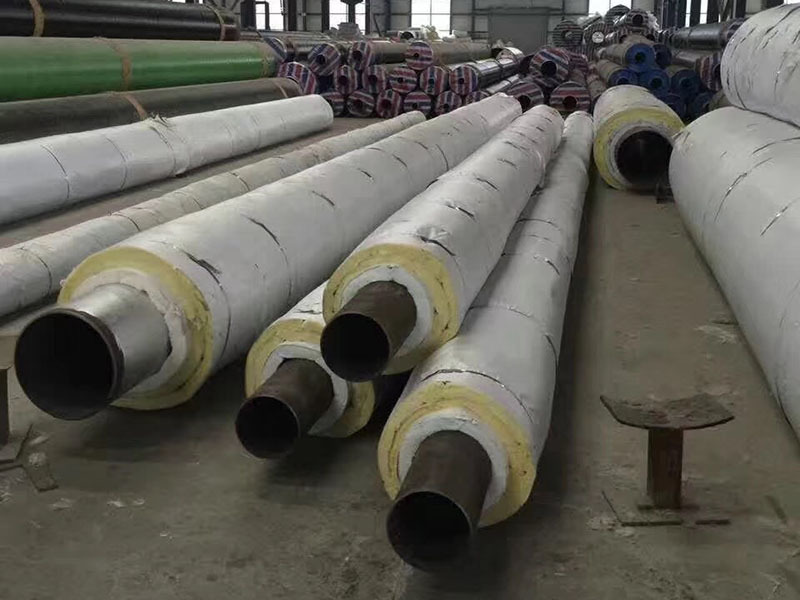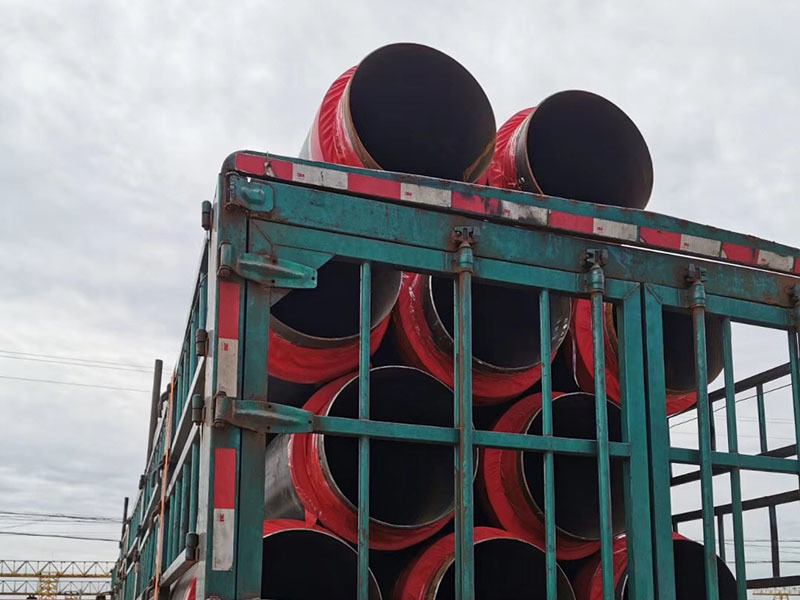Understanding Inner Epoxy Outer Polyurethane Insulation Pipes: A Comprehensive Guide
Release time:
2025-06-07
Inner epoxy outer polyurethane insulation pipes represent a significant advancement in the field of piping technology, particularly within the construction and decoration materials industry. These pipes are designed to offer superior insulation properties, making them an ideal choice for various applications where temperature control and durability are paramount. The construction of these pipes fe
Inner epoxy outer polyurethane insulation pipes represent a significant advancement in the field of piping technology, particularly within the construction and decoration materials industry. These pipes are designed to offer superior insulation properties, making them an ideal choice for various applications where temperature control and durability are paramount.
The construction of these pipes features a unique dual-layer system, where the inner layer is made from epoxy resin, and the outer layer is crafted from polyurethane. The epoxy inner layer provides excellent chemical resistance and a smooth surface that minimizes friction, ensuring efficient fluid flow. This is particularly beneficial in applications that involve the transportation of various fluids, as it helps maintain the integrity and purity of the transported materials.
On the other hand, the outer polyurethane layer offers exceptional insulation properties, protecting the inner epoxy layer from environmental influences such as moisture and extreme temperatures. This insulation is critical in preventing heat loss or gain, thus improving the overall energy efficiency of systems that utilize these pipes. The polyurethane also contributes to the overall flexibility and durability of the piping system, making it resistant to wear and tear over time.
One of the prominent benefits of using inner epoxy outer polyurethane insulation pipes is their versatility. They are suitable for a wide range of applications, including heating and cooling systems, water supply lines, and even in industrial settings where chemical resistance is crucial. Their robust construction ensures longevity, which can significantly reduce maintenance costs in the long run.
Moreover, these pipes are often lightweight compared to traditional piping materials, which simplifies installation and reduces labor costs. Their flexibility allows for easier handling and modification, making them a convenient choice for various construction projects.
In addition, the use of inner epoxy outer polyurethane insulation pipes can contribute positively to sustainability efforts in construction. Their energy-efficient properties help reduce overall energy consumption, aligning with modern building practices that prioritize eco-friendliness.
In conclusion, inner epoxy outer polyurethane insulation pipes are a valuable asset in the construction and decoration materials sector. Their unique composition offers a blend of durability, efficiency, and versatility, making them an excellent choice for professionals looking to enhance their piping systems. Understanding the properties and applications of these advanced materials can help stakeholders make informed decisions that benefit both their projects and the environment.
The construction of these pipes features a unique dual-layer system, where the inner layer is made from epoxy resin, and the outer layer is crafted from polyurethane. The epoxy inner layer provides excellent chemical resistance and a smooth surface that minimizes friction, ensuring efficient fluid flow. This is particularly beneficial in applications that involve the transportation of various fluids, as it helps maintain the integrity and purity of the transported materials.
On the other hand, the outer polyurethane layer offers exceptional insulation properties, protecting the inner epoxy layer from environmental influences such as moisture and extreme temperatures. This insulation is critical in preventing heat loss or gain, thus improving the overall energy efficiency of systems that utilize these pipes. The polyurethane also contributes to the overall flexibility and durability of the piping system, making it resistant to wear and tear over time.
One of the prominent benefits of using inner epoxy outer polyurethane insulation pipes is their versatility. They are suitable for a wide range of applications, including heating and cooling systems, water supply lines, and even in industrial settings where chemical resistance is crucial. Their robust construction ensures longevity, which can significantly reduce maintenance costs in the long run.
Moreover, these pipes are often lightweight compared to traditional piping materials, which simplifies installation and reduces labor costs. Their flexibility allows for easier handling and modification, making them a convenient choice for various construction projects.
In addition, the use of inner epoxy outer polyurethane insulation pipes can contribute positively to sustainability efforts in construction. Their energy-efficient properties help reduce overall energy consumption, aligning with modern building practices that prioritize eco-friendliness.
In conclusion, inner epoxy outer polyurethane insulation pipes are a valuable asset in the construction and decoration materials sector. Their unique composition offers a blend of durability, efficiency, and versatility, making them an excellent choice for professionals looking to enhance their piping systems. Understanding the properties and applications of these advanced materials can help stakeholders make informed decisions that benefit both their projects and the environment.
keyword:
Previous article
Related News






